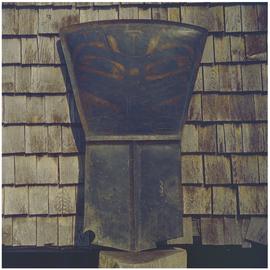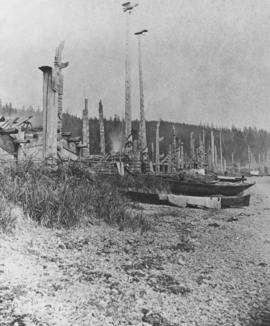Image depicts the interior of Chief Wiah's Monster House at Masset, Haida Gwaii, B. C., including two house pits and central fireplace. Printed around the border of the image is the photographer information "PHOTOGRAPHED BY R. MAYNARD, VICTORIA, . . . B. C." Handwritten inscription on the border reads "Interior Indian house" Printed on the verso is the photographer information with the inscription "R. Maynard, Photographic Artist, AND DEALER IN ALL KINDS OF PHOTOGRAPHIC MATERIALS, COR. OF DOUGLAS AND JOHNSON STS., VICTORIA, B. C. -- Views of British Columbia and Vancouver Island for Sale." A handwritten inscription reads "House of Chief Wiah, Massett [sic]."

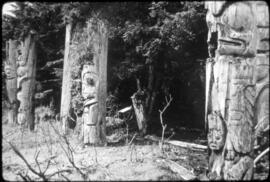


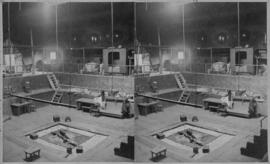

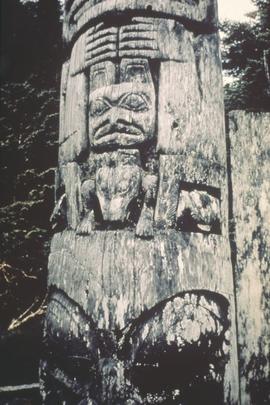
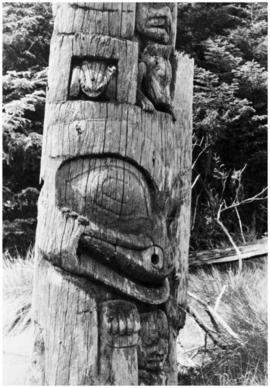
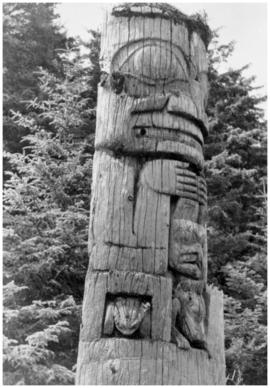
![Hydah [Haida] chief, Skidegate, Q.C.I.](/uploads/r/null/7/b/f/7bfd95877c152f2f35beb99d303f07d7e9a8db79cce44034166338fc4c96cfc0/a039270c_142.jpg)

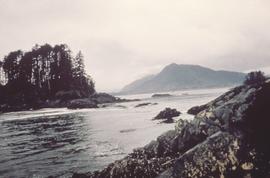
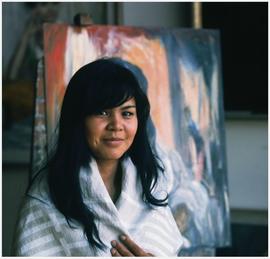


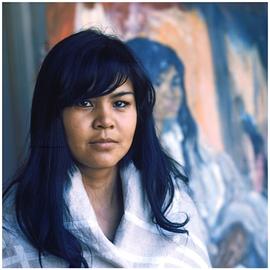

![Lucy Frank[s]](/uploads/r/null/b/a/b/bab94ab2def25c1dd2190f4474fc3b922f3e3b5253a089e169d5b075fb98f695/a037693c_142.jpg)

